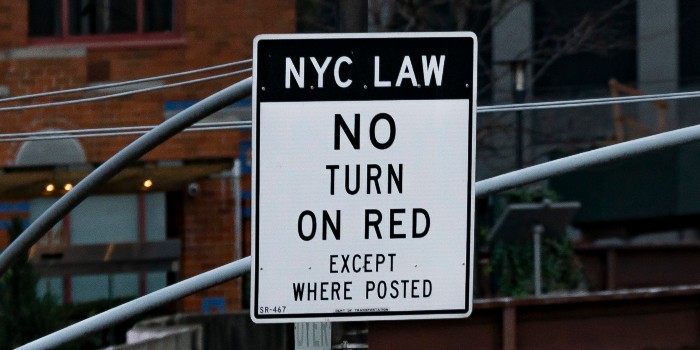(Headline USA) Several American cities have moved to ban right-hand turns on red lights, and they have drawn intense sentiments from both sides of the debate.
Washington, D.C.’s City Council last year approved a right-on-red ban that takes effect in 2025. New Chicago Mayor Brandon Johnson’s transition plan called for “restricting right turns on red,” but his administration hasn’t provided specifics. The college town of Ann Arbor, Michigan, now prohibits right turns at red lights in the downtown area.
San Francisco leaders recently voted to urge their transportation agency to ban right on red across the city, and other major cities such as Los Angeles, Seattle and Denver have looked into bans as well.
“Drivers should not have the option to decide for themselves when they think it’s safe,” said one pedestrian survivor of a right-on red accident. “People are busy. People are distracted.”
But Jay Beeber, executive director for policy at the National Motorists Association, an advocacy organization for drivers, called it a “fallacy” to assume such blanket bans would make streets safer.
He cited an upcoming study by his association that analyzed California crash data from 2011-2019 and found that drivers turning right on red accounted for only about one pedestrian death and less than one bicyclist death statewide every two years.
“What’s really behind this movement is part of the agenda to make driving as miserable and as difficult as possible so people don’t drive so much,” Beeber said.
Right on red has never been allowed across most of New York City, where large signs alert Manhattan’s visitors that the practice is prohibited there. But it was the default policy practically everywhere else in the U.S. until last year’s vote in the nation’s capital.
Critics argue that banning right on red will not only inconvenience motorists but also slow down commuter buses and deliveries.
The United Parcel Service hasn’t taken an official position on right on red but has long directed its drivers to avoid left turns whenever possible, viewing them as inefficient.
Adapted from reporting by the Associated Press

